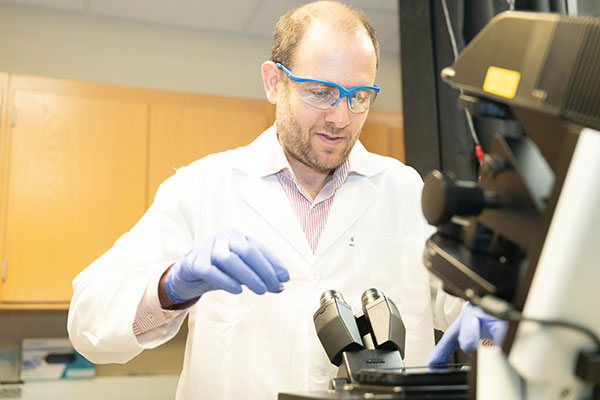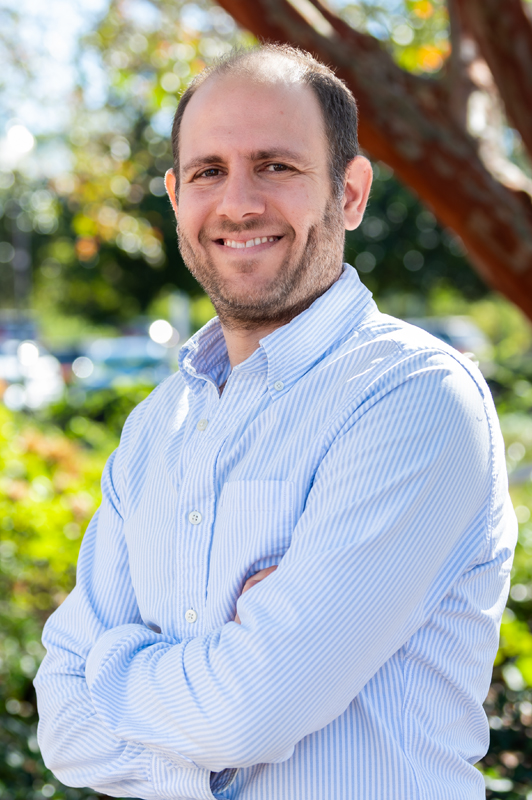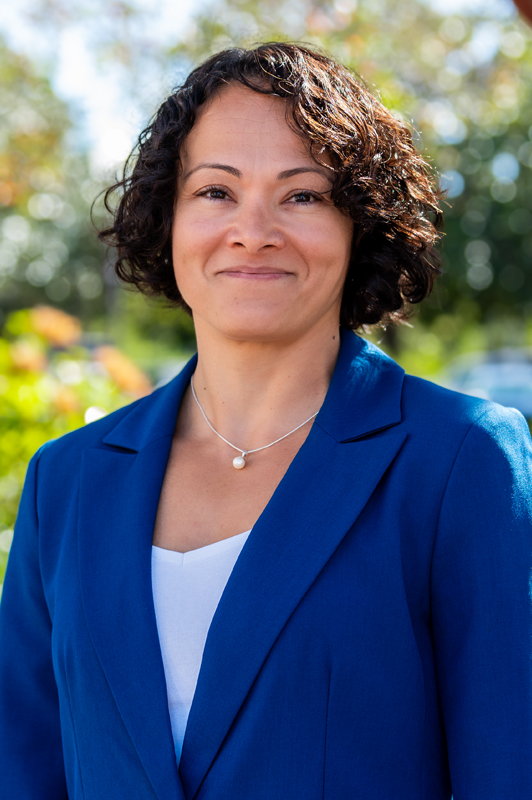Assistant professor in chemical engineering named 2024 Young Innovator by leading scientific journal
Published: Jul 22, 2024 8:00 AM
By Joe McAdory
Can young stem cells be separated from old stem cells? Panagiotis Mistriotis, assistant professor in the Department of Chemical Engineering, believes so.
His three-year study, “Leveraging Cell Migration Dynamics to Discriminate between Senescent and Pre-senescent Human Mesenchymal Stem Cells,” not only demonstrates how but helped Mistriotis earn the honor of “2024 Young Innovator” by the scientific journal Cellular and Molecular Bioengineering.
“The Department of Chemical Engineering carries a strong reputation for producing transformative bioengineering research for the healthcare industry that has the potential to produce improved patient outcomes. Dr. Mistriotis’ work plays a key role in this,” said Selen Cremaschi, who chairs the department. “Dr. Mistriotis has spent much of his career developing new tools to increase the potential of adult stem cells from old people for cellular therapies. Being recognized on the national stage is a testament to his perseverance and dedication to research.”

Since joining the Auburn faculty in 2020, Mistriotis’ laboratory has investigated how cells behave under certain environments. Two grants — $1.87 million from the National Institutes of Health in 2022 to study fundamental cellular processes and develop novel therapeutic interventions against the initiation and progression of pathological phenomena and $75,000 from the National Blood Foundation to eliminate senescent (older) mesenchymal stem cells using microfluidics — helped kick-start the research.
Mistriotis said adult mesenchymal stem cell treatment displayed great promise in fighting diseases and other infirmities during pre-clinical trials in animals. However, the efficacy of this treatment in human clinical trials remains unclear.
“There was a lot of hope and hype, but the results were not as expected,” Mistriotis said. “It left us wondering why this discrepancy exists. We thought that one of the reasons is because mesenchymal stem cells are very heterogeneous.”
In other words, some stem cells are young (motile and effective) and others are old (less motile and less effective).
“Cellular migration is one of the fundamental cellular processes which contributes to health and disease,” Mistriotis said. “When you have a wound, cells move toward the area and try to close it. When you have an infection, good cells move toward the bacteria and fight it.”
Mistriotis and Farshad Amiri, a former Auburn graduate student in chemical engineering and research co-author, had an idea.
“We thought, ‘what if we focused on the motile cells and isolated them from the heterogeneous stem cell population?’ Would that improve stem cell properties?” Mistriotis asked. “So, we took human mesenchymal stem cells and put them in a small, microfluidic device which has a specific design, a Y-shaped microchannel assay. This device replicates specific environmental conditions through which stem cells navigate within the body, allowing us to separate the fast cells from the slower cells. The motile cells entered on one side and exited on the other side.”
Mistriotis said research ultimately revealed that highly migratory human mesenchymal stem cells detected by the device not only demonstrate increased speed and smaller size but also are younger and grow better compared to non-migratory cells. The introduction of fluid flow through the device further increased the fraction of highly motile stem cells, improving the assay's effectiveness to remove old stem cells.
“I am extremely proud of our work and would like to extend a special thanks to my student, Farshad Amiri, for his hard work and dedication,” said Mistriotis, who will give an invited talk at the Biomedical Engineering Society’s annual meeting October 23-26 in Baltimore, Maryland. “This study is a continuation of my PhD work, which started almost 15 years ago. Recognition by Cellular and Biomolecular Engineering is like being rewarded for all the hard work I’ve put into this project. There is still space for improvement, but it inspires me to work even harder.”
While national recognition inspires Mistriotis, his main motivation remains the same — making a positive impact.
“We are using our engineering knowledge and skills to improve the properties of adult stem cells for cellular therapies and tissue regeneration. Other aspects of our research include finding ways to block cancer metastasis and prevent hypertension,” he said. “These things have the potential to help many people.”
Media Contact: , jem0040@auburn.edu, 334.844.3447
Panagiotis Mistriotis is using engineering knowledge to improve the properties of adult stem cells for cellular therapies and tissue regeneration.



